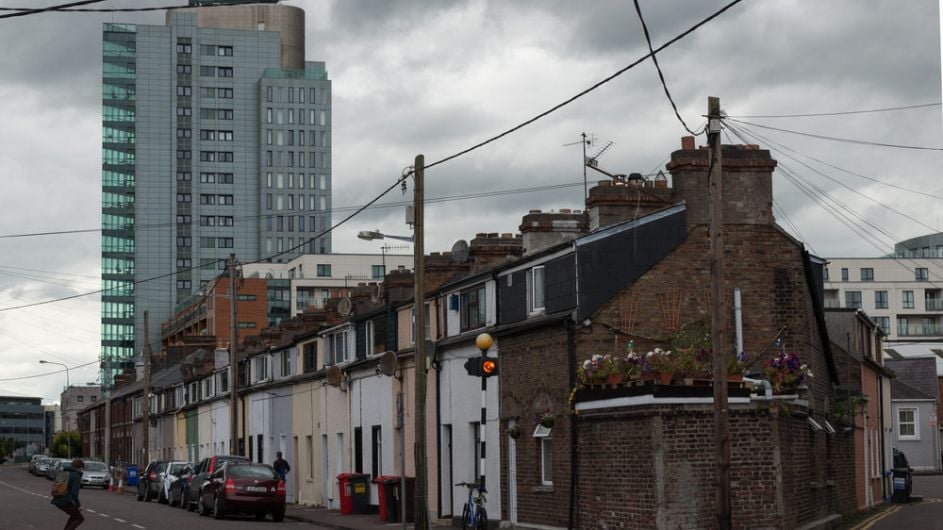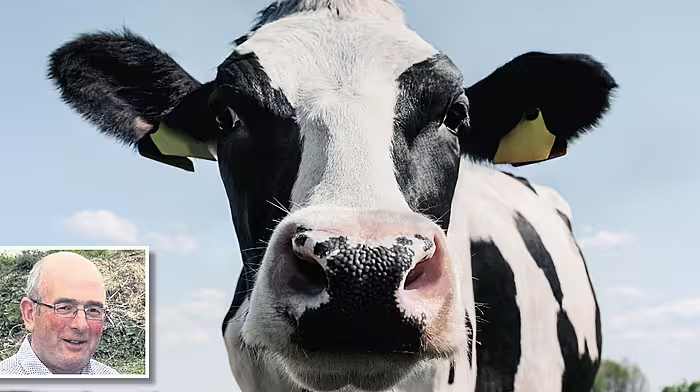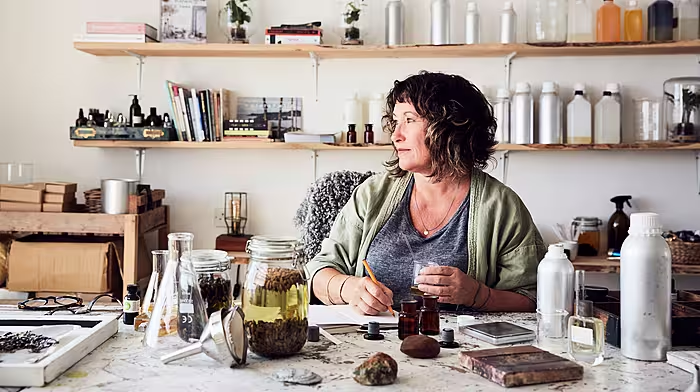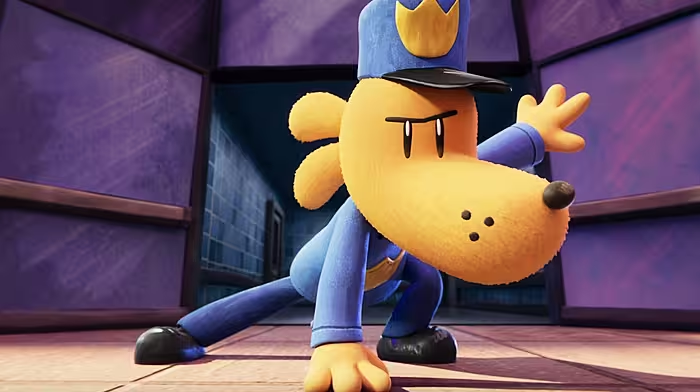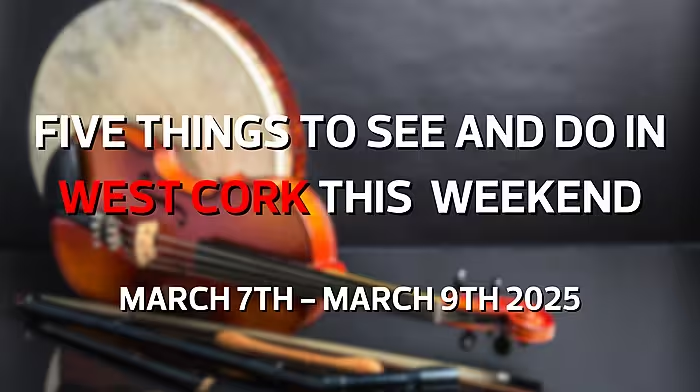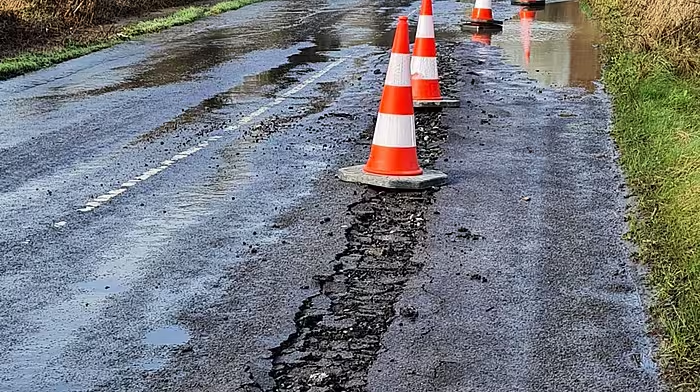While researching the Cork Jewish Community, playwright Ruti Lachs discovered very strong links to prolific writer Wolf Mankowitz who spent the last 25 years of his life on Sheep’s Head
SEVEN years ago, I created a Jewish grandma character for Sideways on Planet Piano, a one-woman show I was performing around Cork and Kerry.
Everyone loved this character (even though my real-life Jewish grandmas were from Poland and Belgium, not Cork).
The public interest spurred me to research that generation of the old Cork Jewish community, which led to the writing of a musical play, Green Feather Boa, about three generations of women and their relationships with their home, their country, their men, and each other.
As I was researching, a wealth of information came to me about Irish Jewish theatre performance and writing from the early 1900s to the present day.
Dave Coon in Macroom, who has acted various (mainly Jewish) parts in Ireland for a couple of decades, told me about Wolf Mankowitz’s The Irish Hebrew Lesson (or The Hebrew Lesson).
Mankowitz was an English Jewish journalist, novelist, screen writer and film producer, born 100 years ago, in 1924 in Whitechapel.
He spent the last 25 years of his life living in Ahakista on Sheep’s Head. The Hebrew Lesson was first produced as a film in 1972 in Ireland, and on stage in London and New York. It is a one-act play set in Cork city in 1921, and depicts an interaction between an elderly Jew (who may or may not be a rabbi) and Republican fighter on the run.
It is set in the large attic room of a decaying eighteenth-century house in Cork, which has been laid out as a synagogue. But by 1921, when the play is set, the main synagogue in Cork was at 10 South Terrace, so it is not so clear why Mankowitz saw fit to set it in an attic.
The play starts with the old man trying to learn Gaelic, when a younger man, a Republican fighter, enters the room through the open attic window. So perhaps this was the reason for the setting in an attic, as the fighter had clearly escaped over rooftops.
The old man then explains that this is his shtebl, which is a room in a house used for communal prayer. Whether or not the man is a Rabbi, he makes his living as a vickler, or vickleman, who sells goods by weekly payment, as did many of the Jewish men in the early days of the Cork community, and indeed other communities of Jews who had left Europe and settled in Ireland, UK, and America.
The two men are discussing the gutteral pronunciation of the ‘ch’ sound which is found in Yiddish, Hebrew and Gaelic, when there is a bang on the door and two Black and Tans enter, searching for the fighter, who has quickly put on a tallit, a prayer shawl, and gabbles a few words of prayer in Hebrew that the old man has just taught him.
The Black and Tans, hearing this strange dialogue, fail to recognise the Irish accent in there, and leave in disgust, pausing only to throw some prayer books and candlesticks around the room.
And so the Republican fighter is saved from capture. The old man collects up the objects of his religion, resignedly. This is not the first time he has experienced this kind of attitude.
At the end of the play, the old man wishes the younger man ‘Lech leshalom’, go in peace, to which the younger man replies ‘Ímig i síocán’.
Irish Jewish theatre did not begin with Mankowitz.
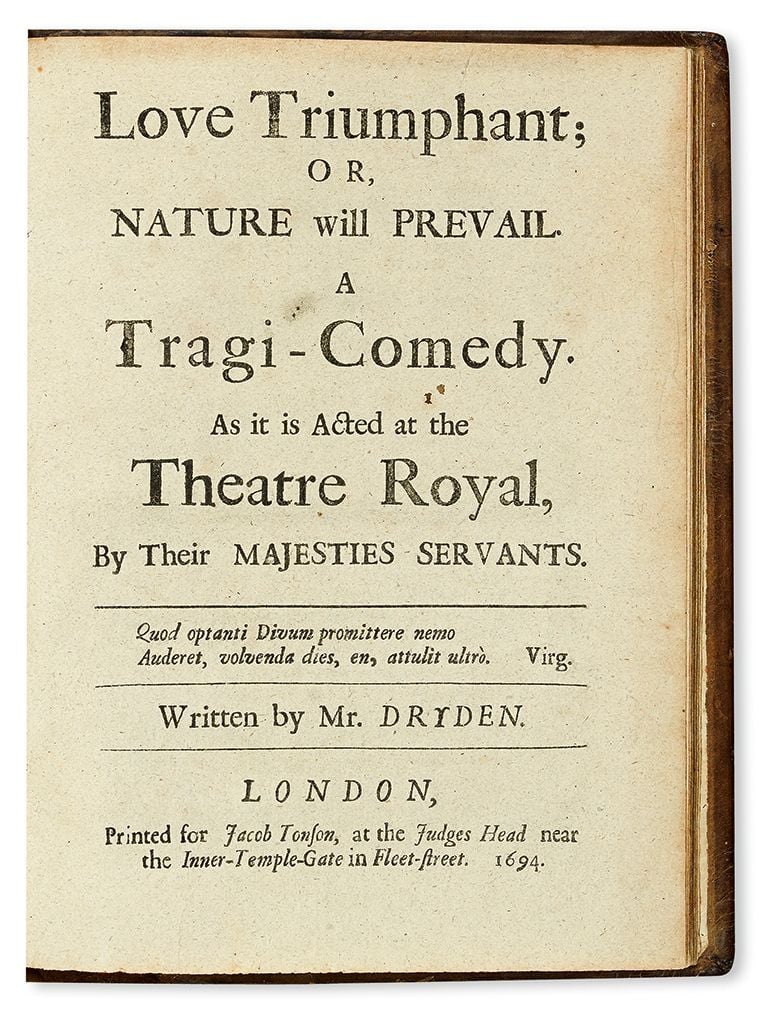 The brochure for Love Triumphant
The brochure for Love TriumphantThe history of Jewish, sometimes Yiddish, theatre in Ireland begins in the early 1900s with visiting Yiddish theatre companies and the Dublin Jewish Dramatic Society putting on plays in the Gate, the Olympia, and the Abbey theatres in Dublin. But Cork had its share of theatrical action.
Percy Diamond and Dora Hurwitz appeared in The Mikado – a satire on British politics and institutions – in 1920. Diamond also sang operatic melodies to the prayers, when he would occasionally lead the services in the Cork Synagogue, which are remembered to this day by ex-pat Cork Jews in their 60s and older, now scattered worldwide.
 A poster for the appearance of Fanny Waxman at the Abbey Theatre in Dublin.
A poster for the appearance of Fanny Waxman at the Abbey Theatre in Dublin.Esther Morris, from Cork, wrote The Matchmakers and other plays specifically so that the Dublin Jewish Dramatic Society could perform some contemporary Jewish material in English. (Enough of this old Yiddish stuff!).
Laurence (Larry) Elyan, a Cork-born actor (amongst other things), himself wrote at least one amusing sketch, about a traditional Jewish couple and their roles in their homelife.
His nephew kindly shared the sketch with me, but I don’t know if it was ever produced. In 1955, the Jewish Chronicle (England’s largest Jewish newspaper) announced that a three-act play called Love Triumphant (by John Dryden) had been performed by the Cork Jewish Dramatic Society, with Mr Dennis Franks as the producer.
This year, Cork has seen Deirdre Kinahan’s play Tempesta performed at Cork Midsummer Festival, Marcus Bale is touring his one-man show Shylock’s Revenge, and playwright Andrea Stolowitz is developing a play about Cork’s current Jewish community.
And last year, Jewish Arts and Culture Ireland launched in Cork Arts Theatre with a show called From Kovno to Cobh, featuring poetry, music, song, and Lenny Abrahamson.
Mankowitz is no more, but there is still (at least one) link between Jewish theatre and West Cork ... watch out at the Ballydehob Jazz Festival next year for the antics of a 60-year-old pink-wigged trombonist careering around blowing hot air … that will be me!

